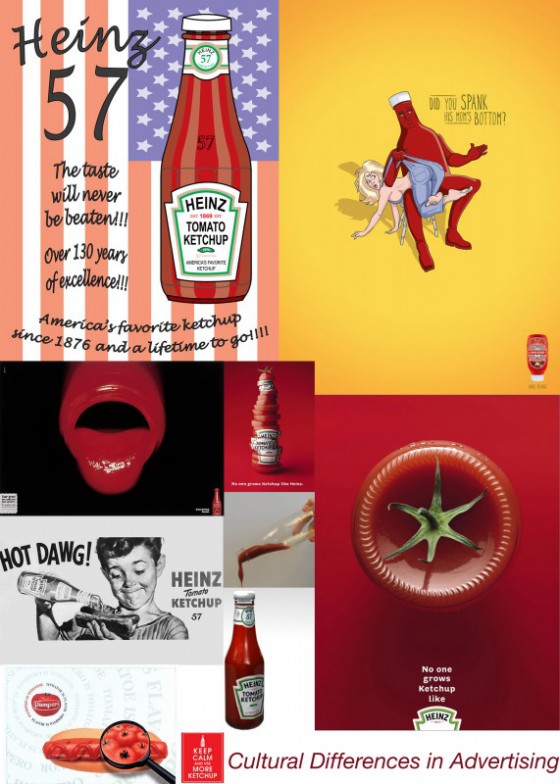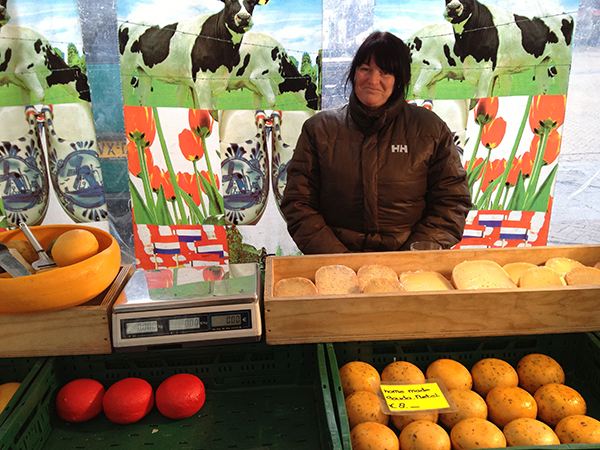
Do you know what Gardol is? Unless you are close to retiring, probably not… So here’s a bit of background: Gardol is sodium lauroyl sarcosinate — not a very harmonious sounding chemical. I’m guessing Gardol was a clever marketing trick of combining the words “Guard” and “All”, relying on the phonetic combination to drive home the idea of protective quality of this chemical compound. In our society, chemicals don’t sell — we have an aversion to chemicals, we only want natural products! The common Western p-prim (or folksy wisdom) is that chemical are bad for us, and products created from natural ingredients are good for us … never mind arsenic! Gardol might have disappeared from the drug store ads, but the chemical sodium lauroyl sarcosinate didn’t — today it goes by the name “Advance White” and is part of a very well respected for its natural and health-consious products, Arm & Hammer toothpaste! Oh, and we don’t like the word “dental cream” — it’s toothpaste now…






